Open your eyes. To open up to new possibilities.
When it was still easy to take a plane, our crew travelled Europe (and not only) to reach scientists, designers and creative talents to whom to pose just one question: “What happens when Artificial Intelligence and Human Creativity meet? ”
That interests us because creativity comes from all of us, not just the art world. Artificial
Intelligence comes from all of us too: in our pockets we keep a smartphone that’s more powerful than
the mega-computers which had humankind arriving on the moon.
The answers yielded scenarios, ever
in flux, and they pose new challenges: that’s right, because artificial intelligence is changing our
society. It’s changing us.
From all this, a docufilm arose that speaks of creativity and creative processes, datasets and algorithms, ethics and emotions, but also of biases and black-boxes - the dark side of AI that’s worth unmasking. And of course, there’s artificial intelligence in it too. A documentary that enriches its take on AI with actions, hitherto unseen, that catch us off guard. That have something to say which isn’t taken for granted. That get us thinking. That have us up close and personal with AI while always reminding us how wonderful human creativity is.

There’s only one way of knowing AI: being curious
The documentary bases itself upon a very simple energy: curiosity. The desire to better understand and know what occurs when AI and human creativity meet, collide. The docufilm’s narrative map remains centered upon the theme of creativity, around which conversations with its interviewee experts are woven. The story is fluid, in sync with AI’s multidimensional fluidity:
If they [the machines] classify something they say “well, whatever you showed me is very likely in this position, in that space and you told me that in this position of that space if it’s there then it’s a dog. But it also could be 10% of a cat and you have to decide.” Mario Klingemann
For those who design, for those who do art, for those who reflect. AI is for everyone.
An interdisciplinary panel of experts leads us in reflecting upon ways AI and human creativity are managing to collaborate. It’s also inside all of those areas that, unexpectedly, we’re invited to take decisions in order to live in a more equal, more participative society.
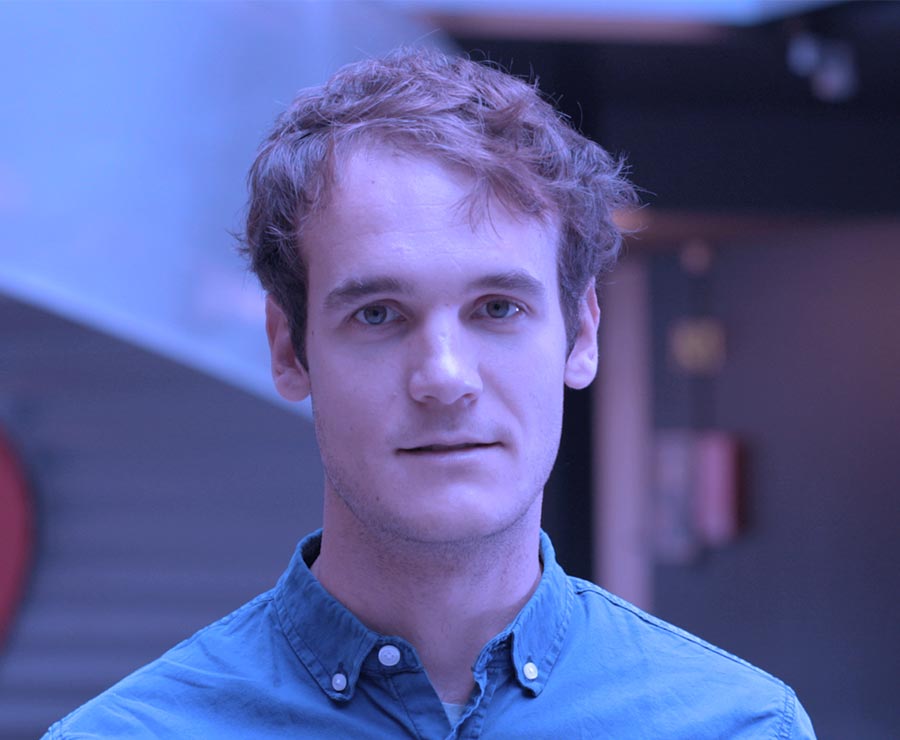
Co-founder and Ceo @Neural Concept
Lausanne, Switzerland
In the creative process in engineering clearly nothing can be done without human in the loop...
See more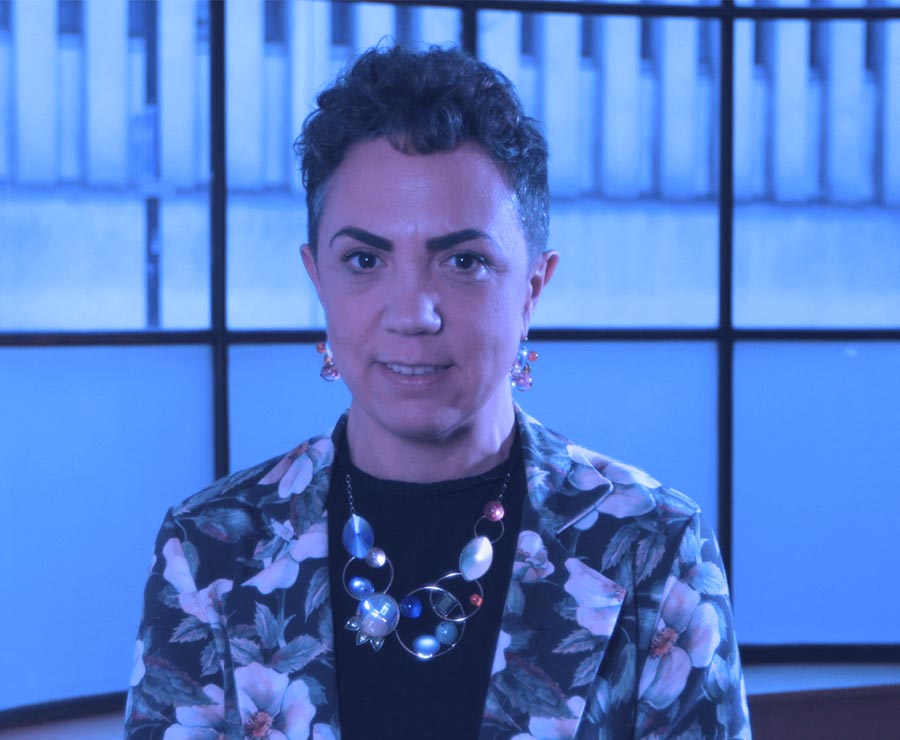
Co-Founder @Women Leading in AI
London – United Kingdom
Artificial intelligence in my view is about imagination. It's about what kind of society we want. And how are we going to...
See more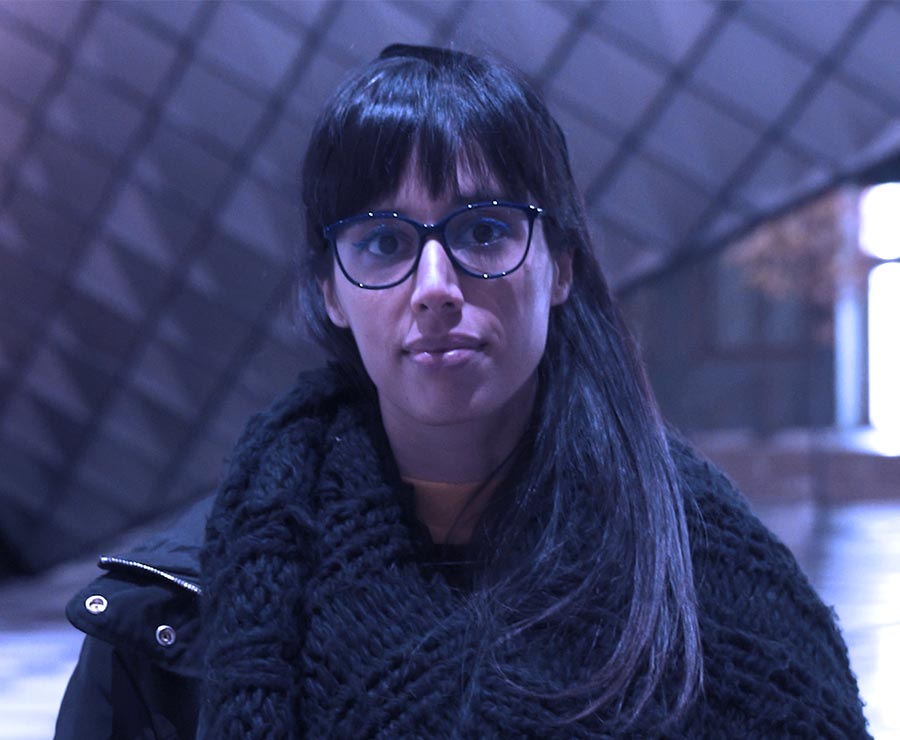
Artist
Berlin, Germany
The human is using these tools to help ourselves feel… cause feelings and the emotions are so complex that these tools...
See more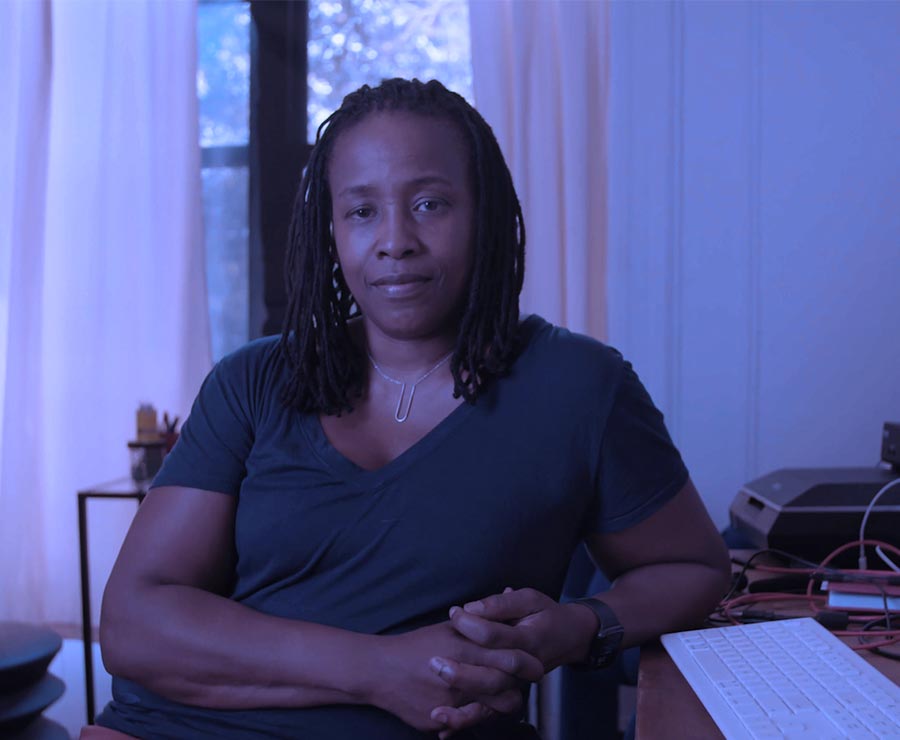
Transmedia Artist
New York, USA
We are at a moment where we are given a great opportunity to think about “oh there are things happening in the world ...
See more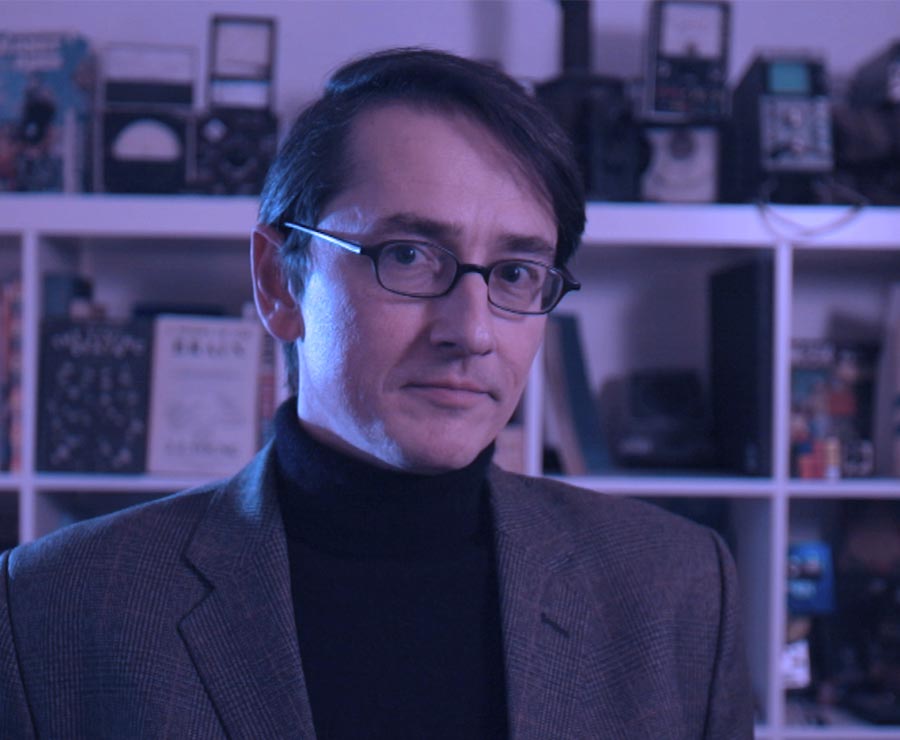
Artist
Munich, Germany
I see my work almost like these hyper dimensional slices through life and time. Everything is flowing in these multiple...
See more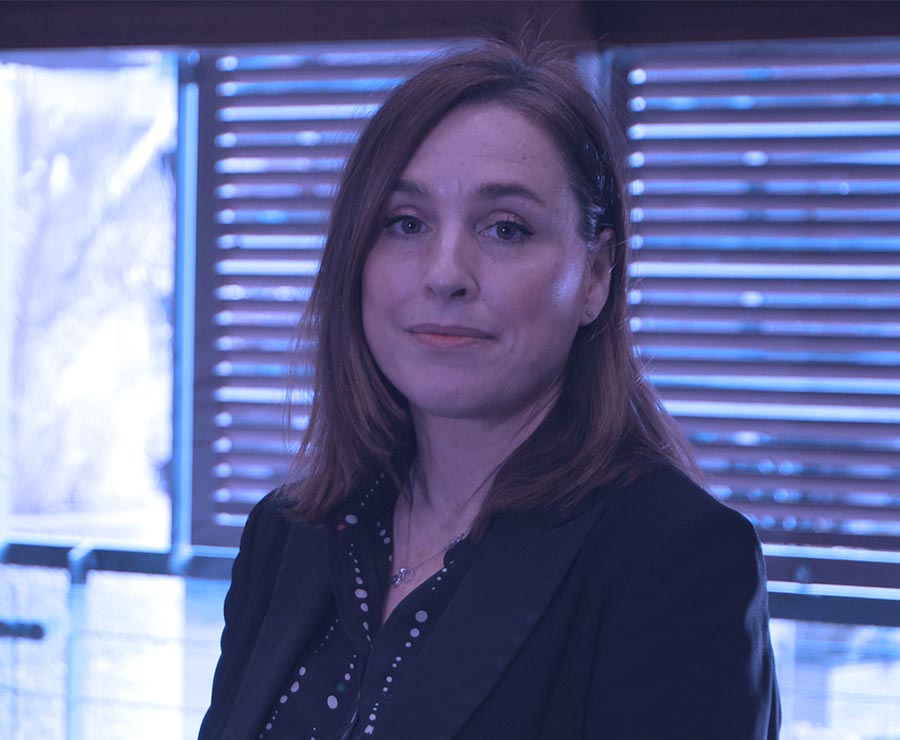
Strategy Consultant and Co-Curator @Barbican Centre – AI:
More than Human
London, United Kingdom
I think AI is more than a tool and it's it's not neutral or lifeless, it has an intelligence of its own and we have to understand...
See more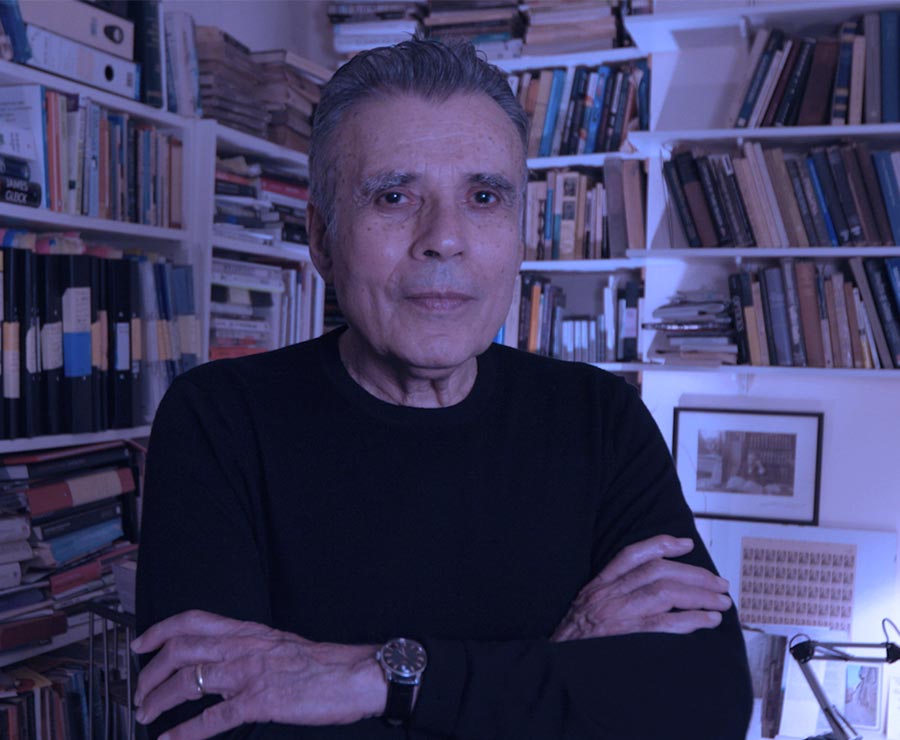
Emeritus Professor, University College London (UCL)
London - United Kingdom
Artificial intelligence systems will enhance Human Creativity by a collaboration between...
See more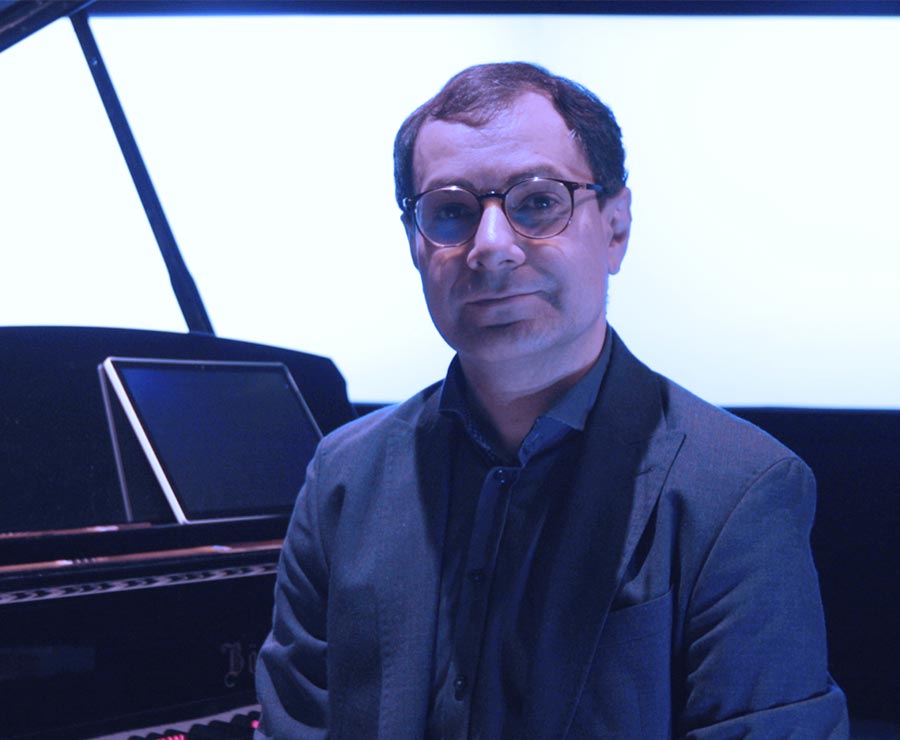
Key Researcher & Artist
@Ars Electronica Futurelab
Linz, Austria
I think AI can help us to overcome our limits because it’s a very powerful technology. We can use it...
See more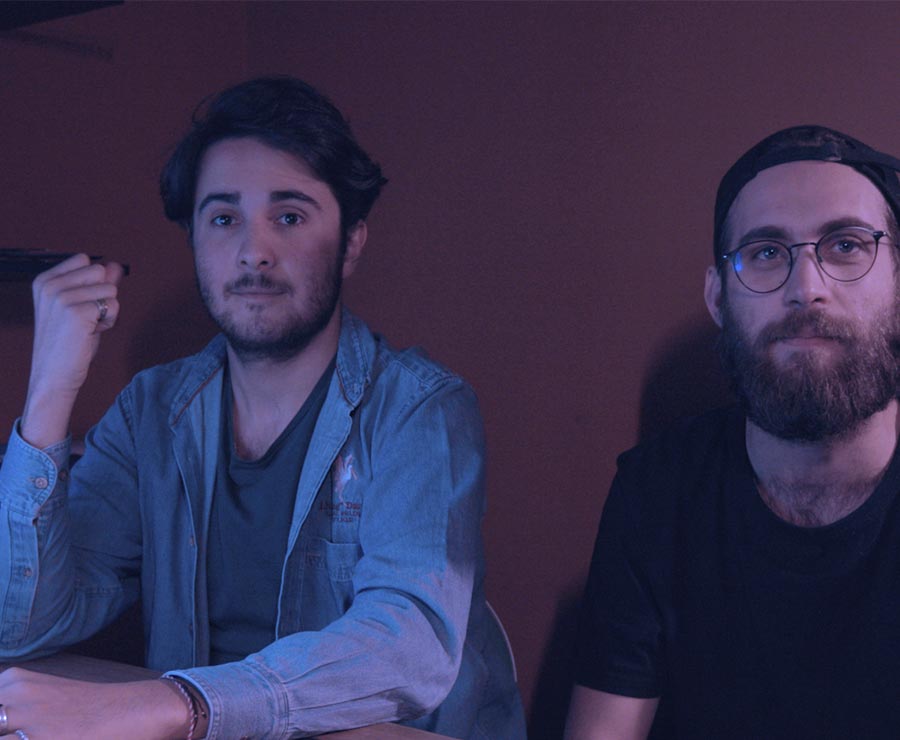
Art Collective
Paris, France
We consider that the artist is Obvious, it’s not the machine because AI-Algorithms are not conscious,they have no will...
See more

Emeritus Professor, University College London (UCL)
London, United Kingdom
"Artificial intelligence systems will enhance Human Creativity by a collaboration between human and machine. Each one enhancing the others creativity."
To understand if machines can create art, to analyse the kind of art that can be generated by man-machine collaboration, to ask ourselves whether, as human beings, we’re able to appreciate the art produced by Artificial Intelligence or collaborate with it.
Arthur I. Miller ground-breaking theory of creativity applies to both humans and machines. He goes on to focus on AI-created art, literature and music. He explores how machines will be able to acquire the characteristics of human creativity - inspiration, suffering, being ‘out there’ in the world, focus, perseverance, discovering new problems and being unpredictable. In the course of this research Miller interviewed over a hundred leaders in the field. Miller suggests that while we should keep in mind the question ‘Can machines be creative and create art?’, we should also ask ‘Can we learn to appreciate art we know has been created by a machine?’ Miller writes for the Guardian, The New York Times and Wired, and is professor emeritus at University College London.
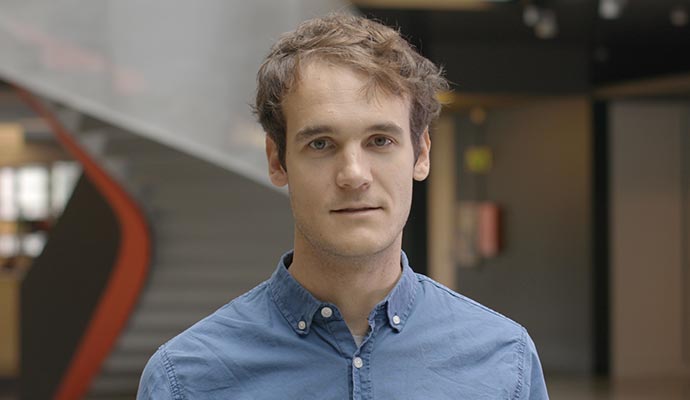
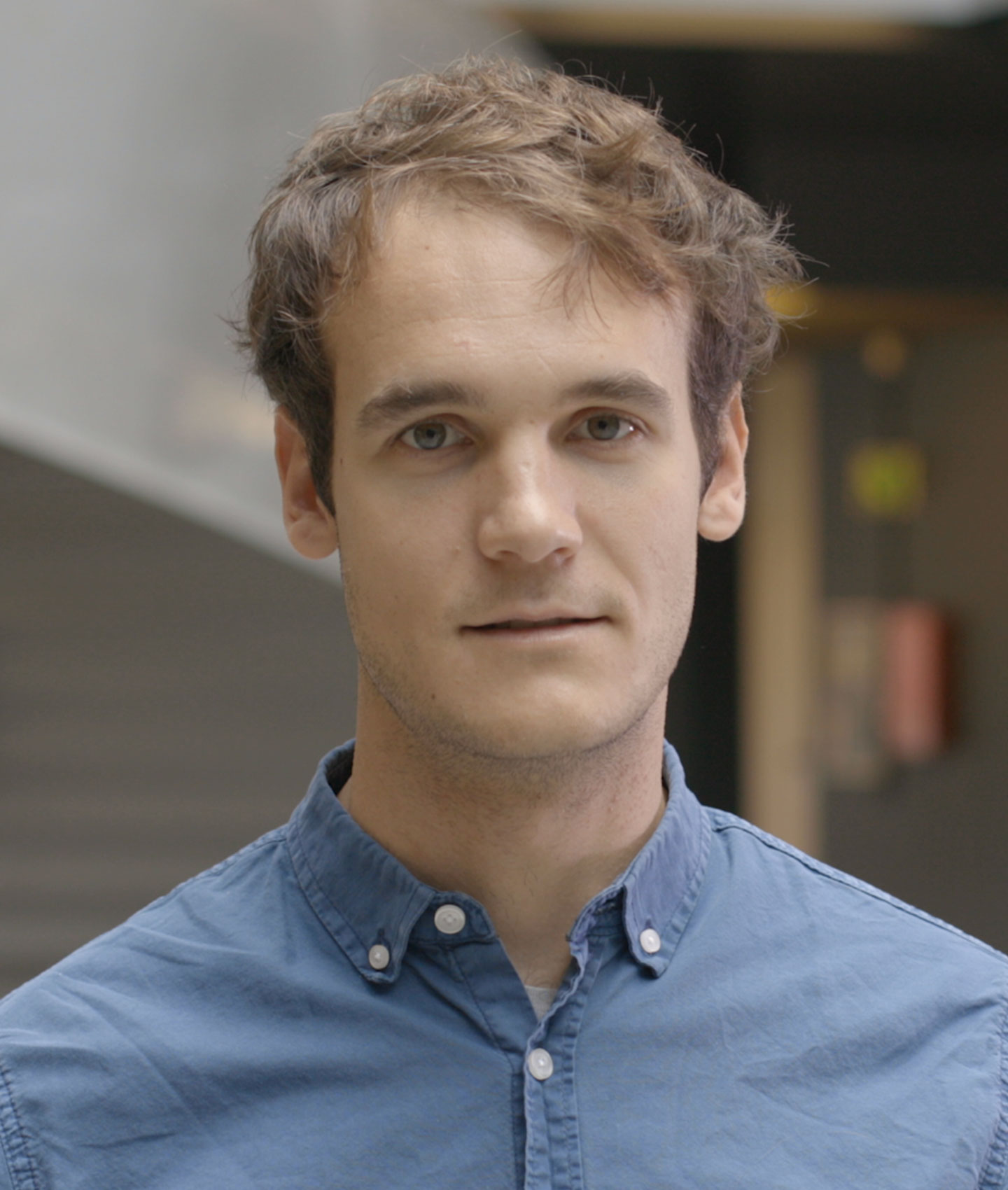
Co-founder and Ceo @Neural Concept
Lausanne, Switzerland
"In the creative process in engineering clearly nothing can be done without human in the loop. "
To ask him how the work of a designer who uses AI changes, to know whether AI is simply a tool or if he can collaborate at greater depth in the design of new products, to understand how constraints change in the design phases thanks to the power of calculation and machine learning.
Pierre Baqué received an engineering degree in Applied Mathematics and a Masters degree in Operations Research (Combinatorial Optimization) from Ecole Polytechnique in Paris. He started his career working as an Engineer for Credit-Suisse in London. Pierre then joined the Computer Vision Laboratory at EPFL where he got his doctoral degree in early 2018 under the supervision of Prof. Pascual Fua and Francois Fleuret. Pierre worked on shape optimization problems using Deep-Learning and on multiple topics related to 3D Deep-Learning. He is the author of multiple papers in top conferences in Machine Learning, optimization and related fields.


Co-Founder @Women Leading in AI
London – United Kingdom
"Artificial intelligence in my view is about imagination. It's about what kind of society we want. And how are we going to design it."
To go into some depth on the concept of ethics, to ask her what our powers and responsibilities are respecting relationships between human beings and AI and to understand what obstacles there are for disseminating AI knowledge as well as how to overcome them.
Ivana Bartoletti is Technical Director at Deloitte, a public speaker, author and media commentator. In her day job, Ivana helps businesses with their privacy by design programmes especially in relation to Artificial Intelligence (AI) and blockchain technology. Ivana was awarded ‘Woman of the Year’ (2019) in the Cyber Security Awards in recognition of her growing reputation as an advocate of equality, privacy and ethics at the heart of tech and AI. She is a sought after commentator for the BBC, Sky and other major broadcasters and news outlets (Guardian, Telegraph) on headline stories where the tech economy intersects with privacy and data law and politics. In May 2018, Ivana launched the Women Leading in AI network, an international lobby group of women advocating for responsible AI.
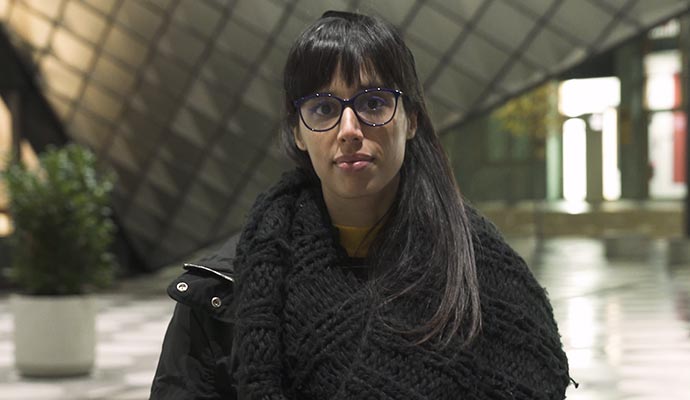

Artist
Berlin, Germany
"The human is using these tools to help ourselves feel… cause feelings and the emotions are so complex that these tools are helping us see different patterns they're helping us visualize…"
To discuss the role of those who produce art using AI, to understand how new mechanisms are unleashed during the creative process, to talk about how emotions continue to play a lead role, to understand whether the role of the artist is changing and, if so, how.
Sofia Crespo is an artist working with a huge interest in biology-inspired technologies. One of her main focuses is the way organic life uses artificial mechanisms to simulate itself and evolve, this implying the idea that technologies are a biased product of the organic life that created them and not a completely separated object. On the side, she is also hugely concerned with the dynamic change in the role of the artists working with machine learning techniques. Sofia è protagonista di numerose mostre internazionali nel mondo dell’arte correlata all’AI e partecipa regolarmente a eventi, talk e workshop.

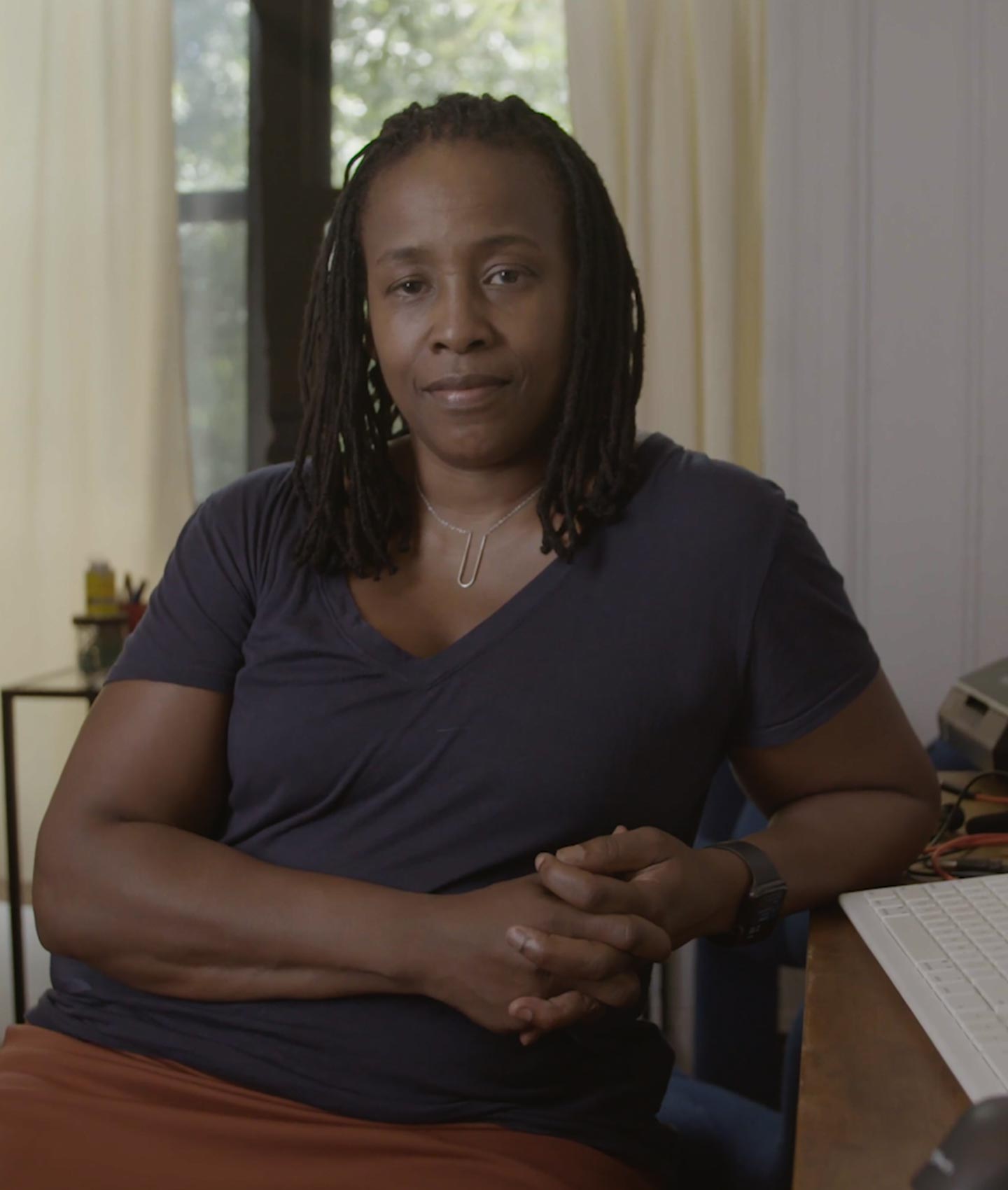
Transmedia Artist New York, USA
New York, USA
"We are at a moment where we are given a great opportunity to think about “oh there are things happening in the world that are breaking us down. On a global scale. How do we start to re-approach what we are?"
To understand whether AI can help us build a fairer and more participative society, to ask ourselves how we can render AI ever less beholden to the prejudices of algorithm designers, to better understand AI’s more or less hidden risks and to develop a more evolved concept of ethics.
Stephanie Dinkins is a transmedia artist and professor at Stony Brook University where she holds the Kusama Endowed Chair in Art. She creates platforms for dialog about artificial intelligence as it intersects race, gender, aging, and our future histories. She is particularly driven to work with communities of color to co-create more equitable, values grounded artificial intelligent ecosystems. Dinkins’ art practice employs lens-based practices, emerging technologies, and community engagement to confront questions of bias in AI, data sovereignty and social equity. She exhibits and publicly advocates for inclusive AI internationally at a broad spectrum of community, private, and institutional venues – by design. The New York Times featured Dinkins in its pages as an AI influencer. Apple Inc recognized Dinkins’ research and community-centered efforts by featuring her as a local hero in their “Behind the Mac” ad campaign (Brooklyn, NY edition). Wired, Art In America, Artsy, Art21, Hyperallergic, the BBC, Wilson Quarterly, and a host of popular podcasts have recently highlighted Dinkins' art and ideas.
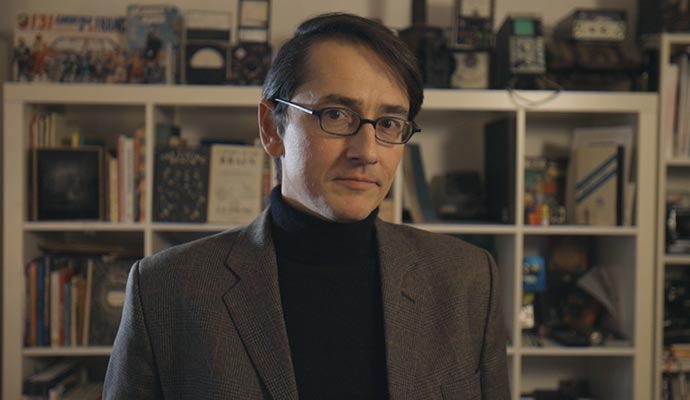

Artist
Munich, Germany
"I see my work almost like these hyper dimensional slices through life and time. Everything is flowing in these multiple dimensions and at some point, you just take a slice of it."
To see the creative process that collaborates with AI at work, to discuss how neural networks and algorithms interpret the data we choose for them and that help us have a different perception of reality, to discuss the feelings we have in front of art created with AI.
Mario Klingemann is an artist who uses algorithms and artificial intelligence to create and investigate systems. He is particularly interested in human perception of art and creativity, researching methods in which machines can augment or emulate these processes. He was artist in residence at the Google Arts & Culture Lab, winner of the Lumen Prize Gold 2018, the British Library Labs Creative Award and has been recognized as a pioneer in the field of AI art. He has collaborated with artists like Nick Knight, Massive Attack and Yacht. His work has been featured in art publications as well as academic research and has been shown in international museums and at art festivals like Ars Electronica, the ZKM, the Photographers'Gallery, Collección Solo Madrid, Nature Morte Gallery New Delhi, the State Hermitage Museum, the Barbican, Mediacity Biennale Seoul, the British Library, the MoMA, or the Centre Pompidou.
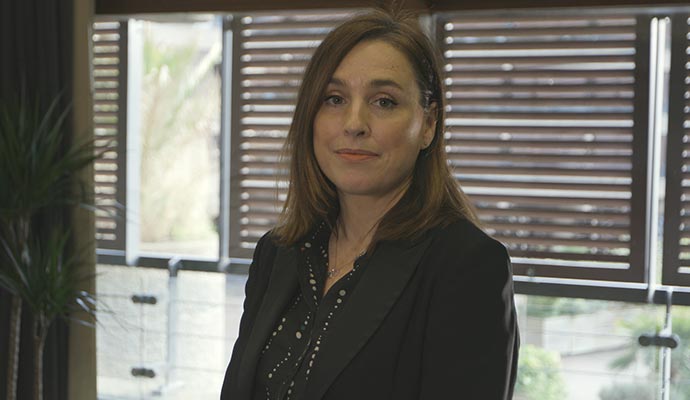

Strategy Consultant and Curator
London, United Kingdom
"I think AI is more than a tool and it's it's not neutral or lifeless, it has an intelligence of its own and we have to understand it when we're working with it."
To understand whether AI is a tool or if it can inspire, and change, the creativity of artists, to understand how AI amplifies our imagination, to redefine a concept of contemporary aesthetics whilst observing the public reactions of those who find themselves in front of AI.
Susanne Livingston was co-curator of the Barbican Centre’s blockbuster “AI: More than Human” exhibition, now on its international tour. She has spent her career researching and questioning the entwined relationship between humans, culture and technology and the philosophical consequences emerging from that. Suzanne has worked globally across sectors spanning technology, arts, museums, education and business. Suzanne developed strategy and exhibitions internationally with cultural organisations such as the V&A, London Olympics 2012, The Guardian, Whitney Museum of American Art, ICA Boston, Qatar Museums and Southbank Centre and also with technology companies including Sony Worldwide, Native Instruments, Reuters, Playstation and Ericsson. Suzanne received her PhD in Philosophy (focusing on cybernetics) from the University of Warwick, in the UK. She now works independently as a strategist and continues to write and give talks on technology, belief systems, innovation and evolution.
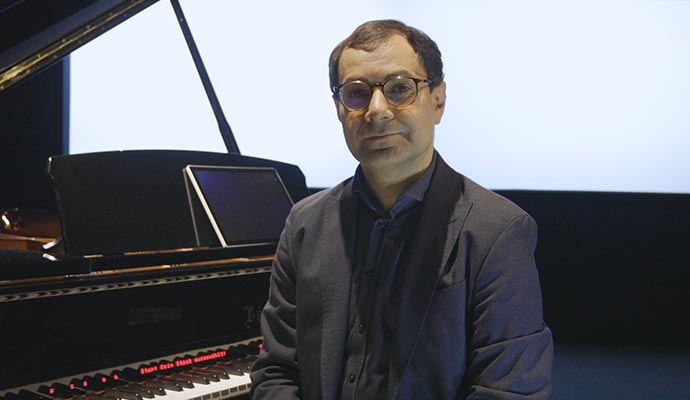
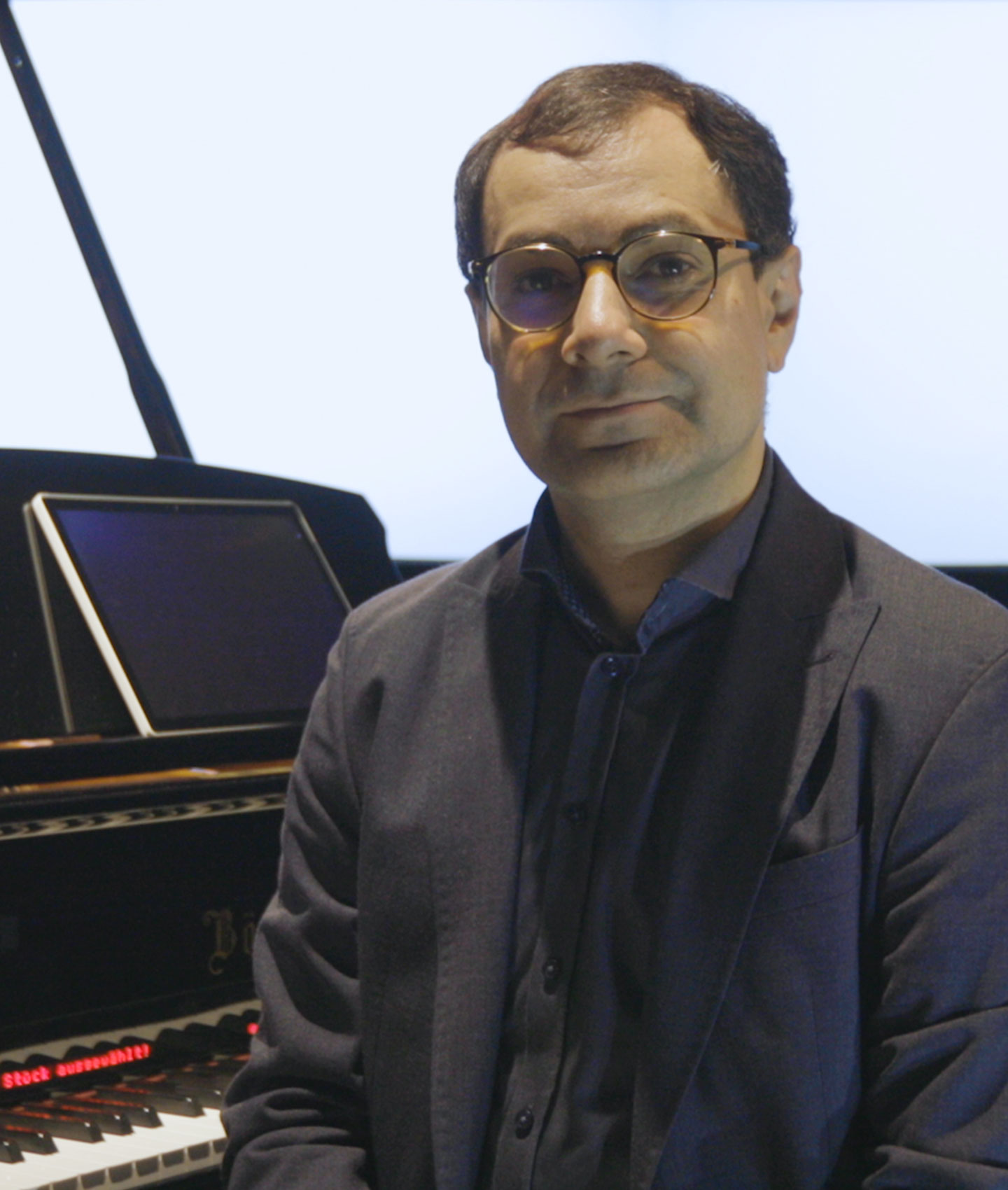
Key Researcher & Artist @Ars Electronica futurelab
Linz, Austria
"I think AI can help us to overcome our limits because it’s a very powerful technology. We can use it in many different areas. In medicine, in creative engineering, in creative applications, for the environment, for logistic to be, for example, more efficient and in many other areas. It has the ability; it has the potential to help us to overcome many problems."
To hear music generated by a meeting between human creativity and the potential of AI, to discuss the artist’s role as well as how s/he can leverage these new tools, to understand which new horizons are opening up within the musical creation and composition world and to see the union between artist and engineer at work.
Ali Nikrang is a Key Researcher & Artist at the Ars Electronica Futurelab. He has his background in both music and technology. He studied computer science at the Johannes Kepler University and composition at the university Mozarteum in Salzburg, Austria. At the same university he also obtained a diploma in concert piano performance. His work involves the interaction between human and AI systems with focus on creative applications. It includes the investigation of creative outcomes of AI systems and how it can be leaded, enhanced and personalized through interaction with human user. As a classical musician and AI researcher, he was involved in numerous projects that combine artificial intelligence and classical music. His work has been shown in various exhibitions and conferences around the world and has been part of television and radio documentaries about AI and creativity.
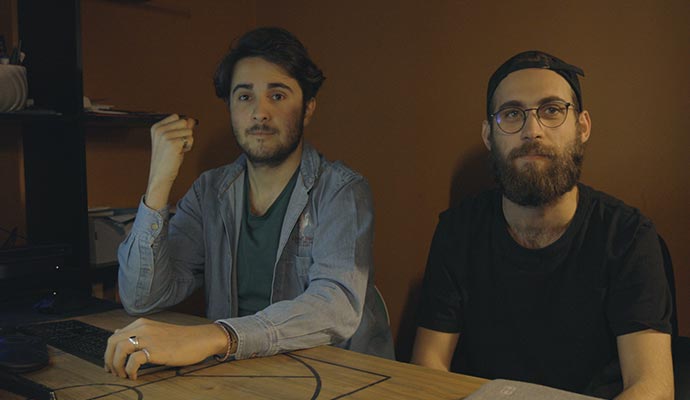

Art Collective
Paris, France
"We consider that the artist is Obvious, it’s not the machine because AI-Algorithms are not conscious, they have no will to do anything. They have no power of doing anything without a human collaboration. "
To see how an artistic collective is confronted daily by the potential of AI, to witness its creative use thereof, to discuss who or what -between man and machine- is the artist, as well as the relationship that can be established with the public.
Obvious is a Paris-based collective of artists, researchers and friends, focused on using Artificial Intelligence to create Art. Their approach invites the art lover to consider and evaluate the similarities and distinctions between the yet to be understood mechanics within the human brain, such as the un-replicable creative process, and the ones of an algorithm. They wish to emphasis on the parallel between the input parameters used for training an algorithm, and the expertise and influences that craft the style of an artist. Most of all, they lead the viewer to focus on the creative process: an algorithm best functions by replicating human behaviour, but it learns using a path of its own. In 2018, their artwork “Portrait of Edmond Belamy”, created by GAN - Generative Adversarial Network, has been sold for $432,500 by Christie’s that became the first auction house to offer a work of art created by an algorithm.
We use cookies or similar technologies as specified in the cookie policy.
You can consent to the use of such technologies by closing this notice.



